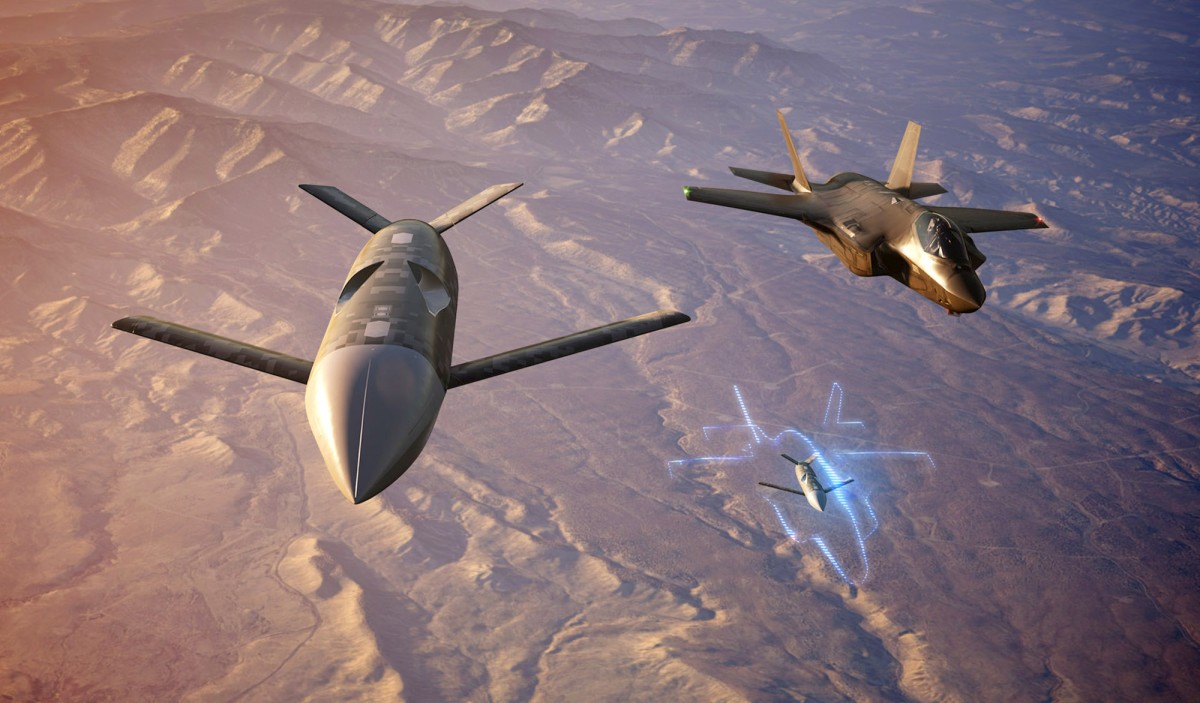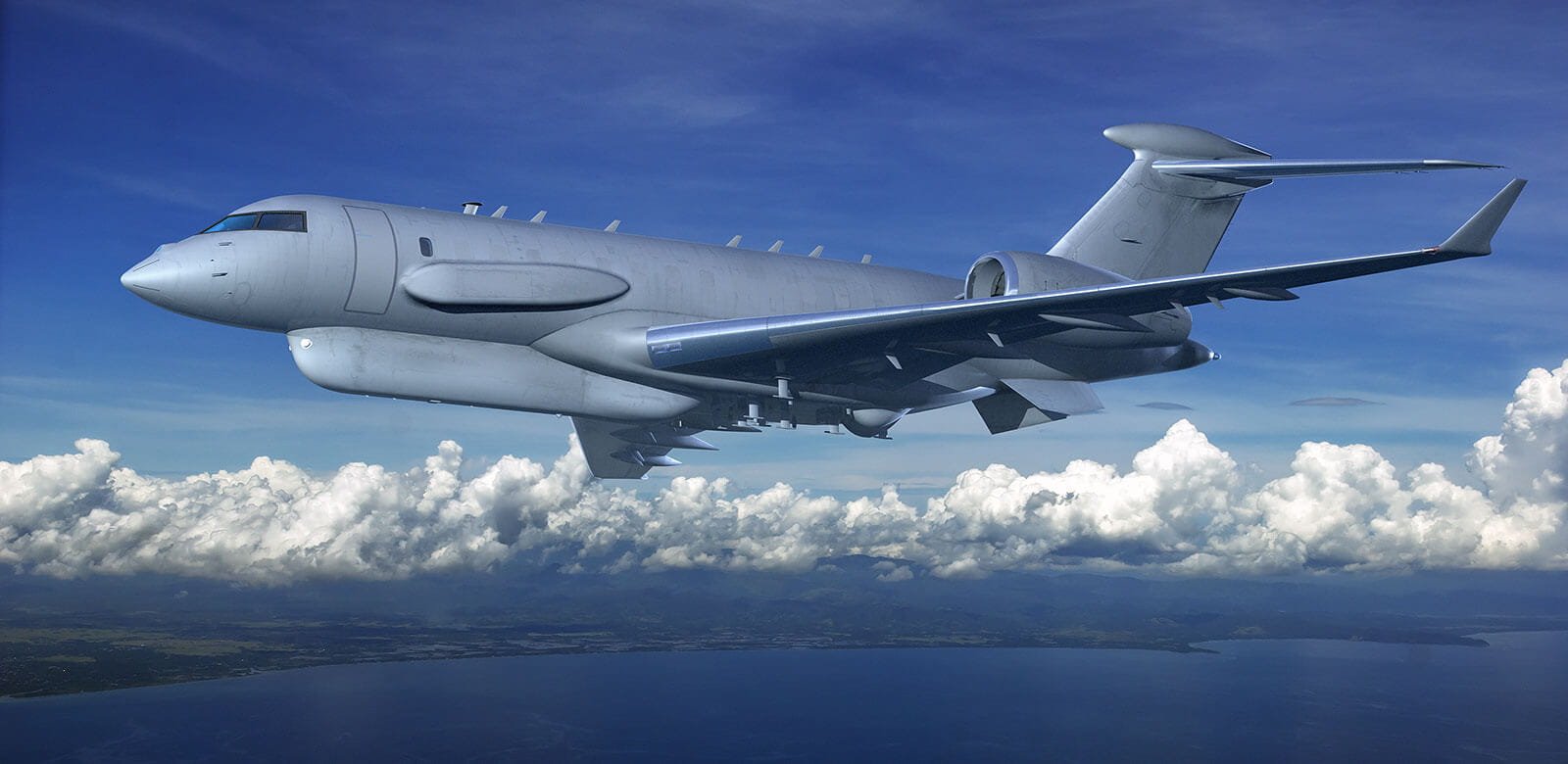The F-22 Raptors are set to serve the US Air Force (USAF) much longer than initially expected. While the USAF is eagerly awaiting the arrival of the sixth-generation combat aircraft, the F-47, which will also feature integrated loyal wingman drones, it appears that the Raptors will be the first stealth aircraft to operate as airborne controllers for Collaborative Combat Aircraft (CCA).
This latest upgrade further solidifies the F-22 Raptor’s future beyond this decade, a shift from the service’s earlier assessment to phase out the F-22 fleet within a decade amid the rising “Chinese stealth threat.”
The U.S. Air Force has ambitious plans to retire 340 aircraft in Fiscal Year 2026. However, the proposed retirement list does not include Block 20 F-22A Raptors, roughly 32 of which the Air Force has tried to retire in recent years due to concerns that they are not combat-capable.
This is a clear signal from the USAF that it intends to keep the Raptors in service much longer than initially expected and will continue to upgrade the aircraft to meet new challenges.
F-22 CCA Program
The USAF plans to integrate tablet-based control systems into the Raptors. Earlier, in September last year, the USAF awarded Raytheon a US$1 billion contract to enhance F-22’s sensors.
Nightmare For NASA? Russian “Matryoshka” Satellites Lurk In The Orbit; Is U.S. Space Dominance Under Threat?
These upgrades and additions mean that the F-22 Raptor will continue to remain a frontline stealth combat jet for the USAF.

Notably, the 2026 Fiscal Year budget proposals include an all-new line item for CCA-related modifications to aircraft.
The budget proposes US$15 million for the Crewed Platform Integration program. According to the budget documents, out of the US$15 million, nearly US$12.2 million will go toward the procurement of 142 tablets and associated cabling. This would result in a unit price of approximately US$86,218 for each installation kit.
“The Crewed Platform Integration program will procure and integrate kits for F-22 installation, which will allow for F-22 control of Collaborative Combat Aircraft (CCA).”
“The procurement effort includes, but is not limited to, tablets, cables, and associated materials; activities associated with system integration, assembly, test, and checkout; certification; aircraft and CCA communications integration; software updates; systems engineering; training; support equipment; and Program Support Costs (PSC),” according to the Air Force’s proposed Fiscal Year 2026 budget.
Ukraine’s Win Is China’s Loss! Why Beijing Is The Biggest Roadblock Towards Russia-Ukraine Peace? OPED
The USAF currently has 185 F-22 Raptors. However, out of the 185 Raptors, only about 142 are combat-capable, with the rest of the aircraft primarily used for training, testing, and evaluation duties.
Incidentally, the budget document has sanctioned 142 installation kits for the Crewed Platform Integration program, meaning that installation kits will be fitted on all combat-coded F-22 Raptors.
The USAF was expected to retire 32 Block 20 F-22A Raptors, which are not combat-capable. However, the aircraft retirement list for FY2026 does not feature F-22 Raptors, signaling that the USAF intends to maintain the complete F-22 fleet for a much longer duration.
A small number of F-22 Raptors are also down for maintenance at any given point in time.
Not U.S., India Or Europe, Who Is Chinese Spy Agency’s No.1 Target For Which It Has Employed Nearly 600,000 People?
At this stage, it is not clear exactly what will be used for communications between F-22s and CCAs under their control, but the F-22’s hard-to-intercept and jam Inter-Flight Data Link (IFDL), which is currently used to share data between F-22s, is very likely the solution, TWZ reported.
Separately, the FY2026 budget proposal also requests US$870 million to continue work on the CCA program itself.
Notably, two prototype designs, General Atomics’ YFQ-42A and Anduril’s YFQ-44A, are currently under development for the first phase, or Increment 1, of the CCA effort.
The US aims to acquire between 100 and 150 Increment 1 CCAs, as well as approximately 1,000 drones, under all future CCA increment programs. The target is to operationalize the first prototypes of CCA into active service before the end of this decade.
Loyal Wingman Drones: The Future Of Air Combat
The F-22 Raptors are just one of the combat aircraft that will have loyal wingman drones. Apart from the Raptors, the USAF will also integrate the loyal wingman drones (CCA) with the F-35 Joint Strike Fighter and the upcoming Next Generation Air Dominance (NGAD) fighter, the F-47, for which a contract has been awarded to Boeing.
Notably, Lockheed Martin is also working on integrating combat drones with its F-35 fighter jets. In January this year, Lockheed demonstrated the F-35’s capability to control multiple drones seamlessly using AI-enabled architectures. This included a tablet-like touchscreen interface that allowed pilots to direct drones from the cockpits of the F-35.
Why Tibet Should Be A Part Of India & Not China; Why Beijing’s Claim To The ‘Holy Land’ Is Simply Incorrect? OPED

After stealth, the loyal wingman drones are the next big thing in air combat, and several countries are working on technology that can revolutionize the field.
Australia is developing the Boeing MQ-28A Ghost Bat in collaboration with the Royal Australian Air Force (RAAF). This stealthy, multirole UCAV has completed over 100 hours of flight testing and is set to enter service soon. The program has significant funding, with over AUS$600 million already invested.
China is also developing loyal wingman drones, notably the Feihong FH-97A, which was unveiled at the 2024 Zhuhai Air Show. It is designed to operate with stealth fighters like the J-20. Earlier concepts include the AVIC Dark Sword, though details on autonomy levels remain unclear.
Japan’s Ministry of Defense has contracted Boeing to test drones for manned-unmanned teaming (M-UMT), with plans to develop a loyal wingman to support existing combat aircraft. Separately, Mitsubishi Heavy Industries is also working on an artificial intelligence-enabled collaborative combat aircraft (CCA) program.
Similarly, France is developing a wingman drone for the Rafale fighter jet.
Ukraine Is Afghanistan 2.0 For Russia! How Moscow Is Rapidly Losing Power & Prestige That It Once Boasted!
The Indian Navy is collaborating with NewSpace Research & Technologies on the Naval Collaborative Combat Air Vehicle (N-CCAV), named Abhimanyu, to operate with MiG and Rafale-M jets. Separately, India’s Hindustan Aeronautics Limited (HAL) is developing the CATS Warrior drone for the Combat Air Teaming System (CATS).
Besides, Turkey, Russia, and South Korea are also working on similar projects.
These programs reflect a global trend toward integrating autonomous drones with manned aircraft to enhance combat capabilities and minimize risks to human pilots.
While the US, China, and Australia appear to be ahead in the global race to operationalize the first loyal wingman drone with a crewed aircraft, it remains to be seen which will be the first country to win this race.
- Sumit Ahlawat has over a decade of experience in news media. He has worked with Press Trust of India, Times Now, Zee News, Economic Times, and Microsoft News. He holds a Master’s Degree in International Media and Modern History from the University of Sheffield, UK.
- VIEWS PERSONAL OF THE AUTHOR.
- He can be reached at ahlawat.sumit85 (at) gmail.com






